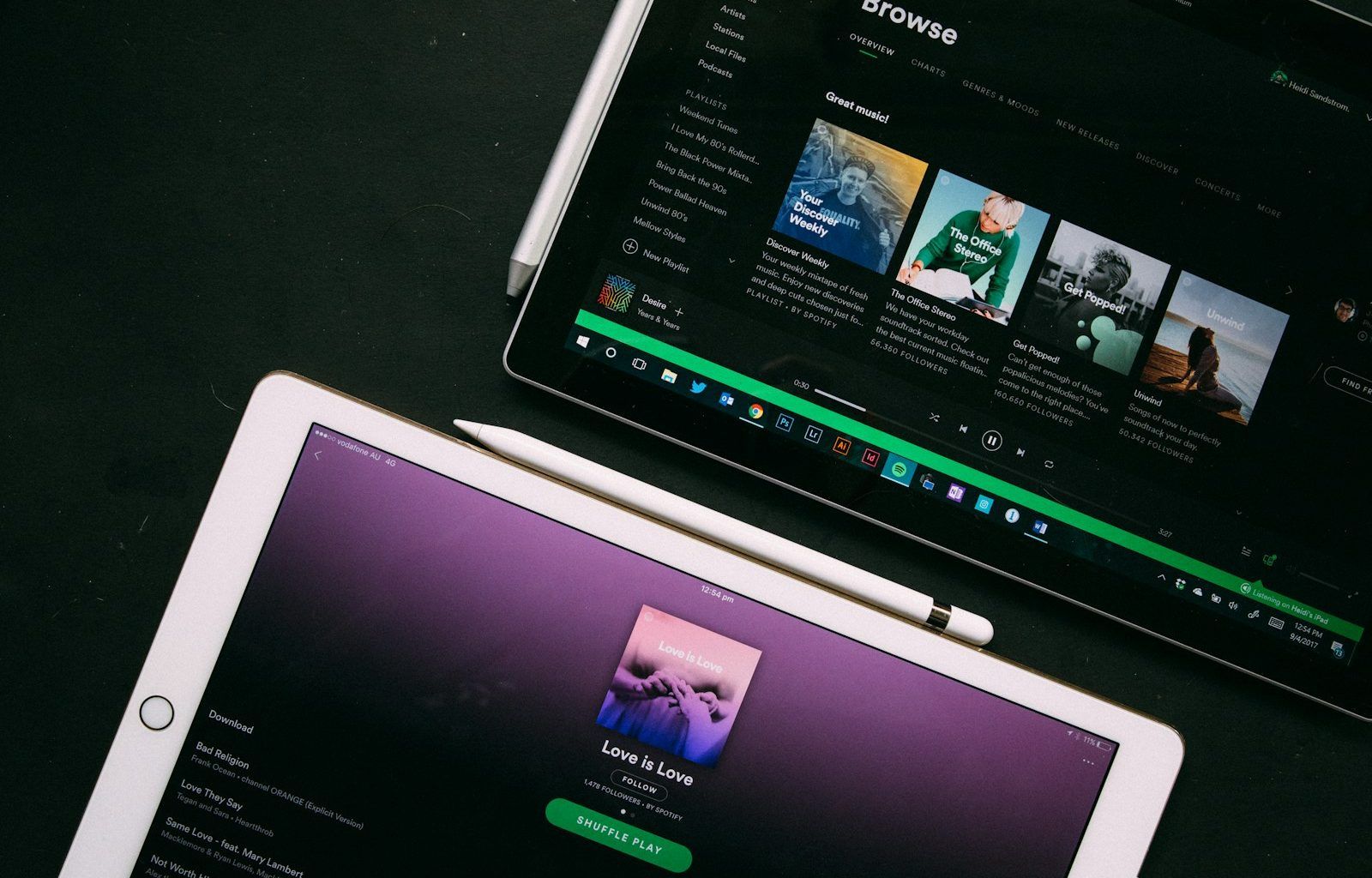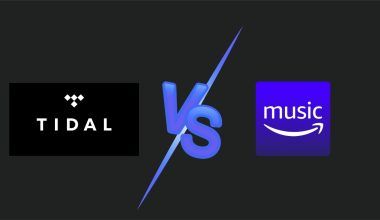If you’ve ever wondered, “How much do you earn on Spotify?” you’re not alone. As one of the most popular music streaming platforms in the world, Spotify has revolutionized how artists share their music and how fans discover new tunes. However, understanding how Spotify pays artists can feel like navigating a maze. Whether you’re an emerging musician or a seasoned artist, knowing the details of Spotify’s payout system is crucial to estimating your earning potential.
This blog dives deep into Spotify’s royalty structure, the factors that influence your earnings, and actionable tips to help you make the most of your music on the platform. By the end, you’ll have a clear picture of how Spotify payments work and what you can do to maximize your revenue.
How Does Spotify Pay Artists?
To answer the question, “How much do you earn on Spotify?” it’s essential to understand Spotify’s payment structure. Spotify doesn’t pay artists directly; instead, they distribute royalties to rights holders. Rights holders could be record labels, distributors, or independent artists who own the rights to their music.
Spotify operates on a pro-rata payment system. This means all the revenue generated from user subscriptions and advertisements goes into a central pool. This pool is then distributed based on the total number of streams each song gets compared to the total streams on the platform. Essentially, the more streams your song gets, the bigger your slice of the revenue pie.
Factors That Affect Your Spotify Earnings
While Spotify offers artists the chance to reach millions of listeners, your earnings depend on several factors:
1. Geography
The amount you earn per stream varies by country. For instance, streams from the United States or Europe typically generate higher payouts than streams from countries with lower subscription fees.
2. Type of Listener Account
Premium users contribute more to the revenue pool than free users. Songs streamed by premium listeners usually result in higher payouts.
3. Your Royalties Agreement
If you’re signed to a record label, you’ll likely split your earnings with them based on your contract. Independent artists keep a larger share of their earnings but may incur higher upfront costs for production and distribution.
4. Stream Volume
Simply put, more streams mean more earnings. However, achieving a high stream count requires effective promotion and a loyal fanbase.
5. Revenue Share Agreements
Spotify keeps about 30% of its total revenue. The remaining 70% is distributed among rights holders. Your share of this 70% depends on your agreement with your distributor or label.
How Much Does Spotify Pay Per Stream?
The average payout per stream on Spotify is approximately $0.003 to $0.005. This means you would need around 250 to 300 streams to earn a dollar. While this amount may seem small, it’s essential to remember that Spotify’s global reach gives you access to a massive audience. With millions of streams, your earnings can add up significantly.
Here’s a simple breakdown:
- 1,000 streams = $3 to $5
- 10,000 streams = $30 to $50
- 1,000,000 streams = $3,000 to $5,000
These numbers are estimates and can vary based on the factors mentioned earlier.
How to Maximize Your Spotify Earnings
Knowing “how much do you earn on Spotify” is one thing; learning how to boost those earnings is another. Let’s explore some practical tips:
1. Leverage Playlists
Getting your music featured on popular Spotify playlists can significantly increase your streams. Focus on both algorithmic playlists like Release Radar and user-curated playlists.
2. Promote Your Music
Use social media, email newsletters, and live performances to drive listeners to your Spotify page. The more visibility your music gets, the higher your streams.
3. Engage with Your Audience
Building a loyal fanbase is key to consistent streams. Interact with your fans on social media and offer exclusive content to keep them engaged.
4. Optimize Your Profile
A professional and engaging artist profile on Spotify can attract more listeners. Add a compelling bio, high-quality images, and links to your other platforms.
5. Release Regularly
Frequent releases help you stay on your listeners’ radar. Even a single or two-track EP can keep your streams steady.
Real-Life Examples of Spotify Earnings
Let’s look at some real-world scenarios to better understand how much artists earn on Spotify:
Example 1: Independent Artist
An independent artist with 100,000 monthly listeners might generate 250,000 streams. At an average payout of $0.004 per stream, they could earn around $1,000 per month. Since they own their rights, they keep most of this revenue.
Example 2: Signed Artist
A signed artist with 1,000,000 streams earns $4,000 at the same rate. However, if their label takes a 50% cut, their take-home earnings drop to $2,000.
Spotify vs. Other Streaming Platforms
Spotify isn’t the only player in the streaming world. Platforms like Apple Music, Amazon Music, and Tidal also pay artists. Here’s how they compare:
- Apple Music: Pays around $0.01 per stream, which is higher than Spotify.
- Amazon Music: Similar to Spotify, with payouts ranging from $0.003 to $0.005 per stream.
- Tidal: Known for offering higher payouts, ranging from $0.012 to $0.015 per stream.
Despite the lower per-stream payout, Spotify’s massive user base often makes it the most lucrative option for artists aiming for wide exposure.
Conclusion
So, how much do you earn on Spotify? The answer depends on your streams, geography, listener type, and royalty agreements. While the average payout per stream might seem low, the platform’s global reach can help you build a steady income over time. By focusing on promotion, audience engagement, and strategic releases, you can maximize your earnings and turn Spotify into a valuable revenue stream.
Related Articles:
For further reading, explore these related articles:
- How to Put Your Own Sound on TikTok: A Step-by-Step Guide
- How to Get Your Music on Instagram for Free
For additional resources on music marketing and distribution, visit DMT Records Private Limited.






